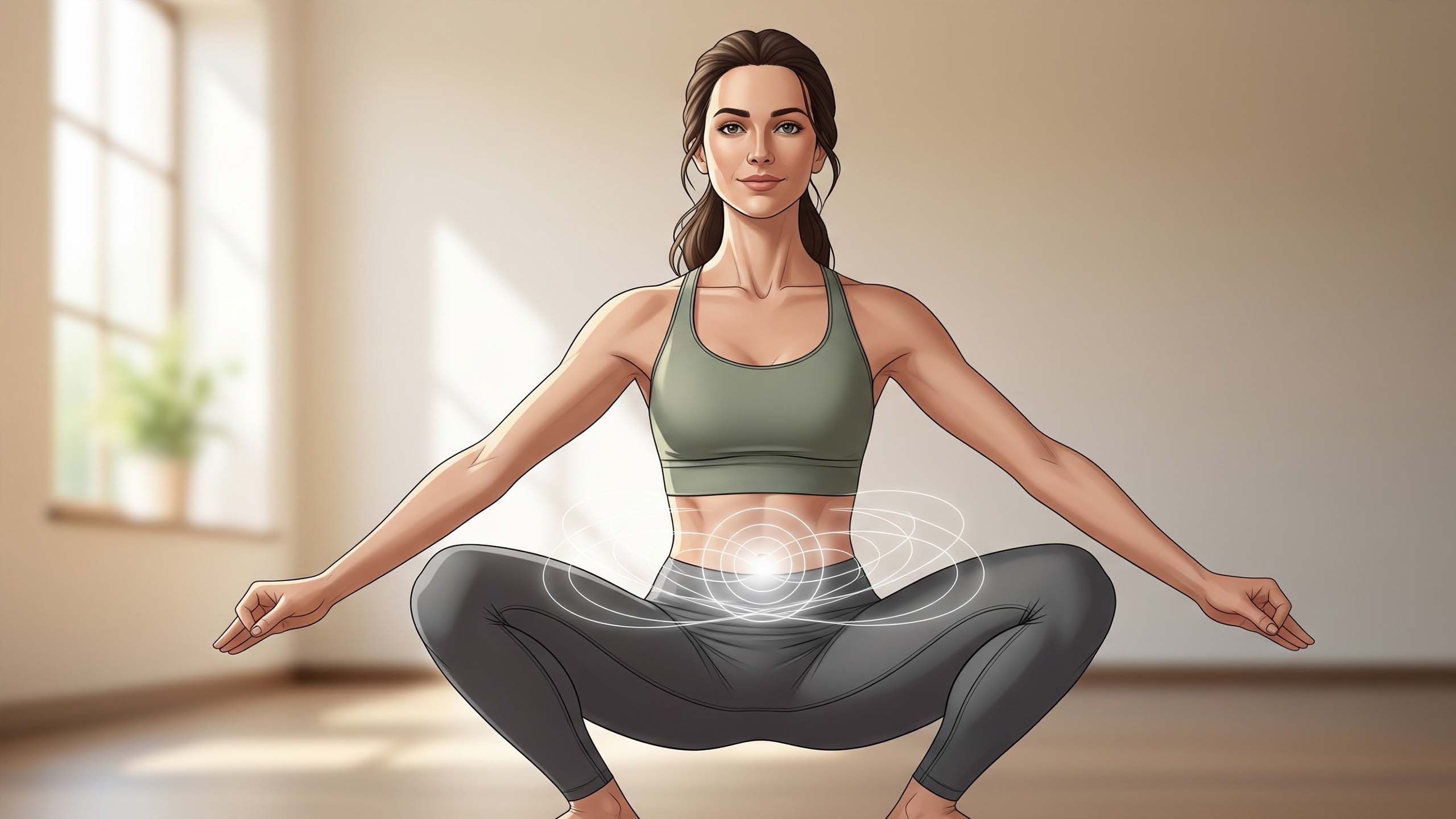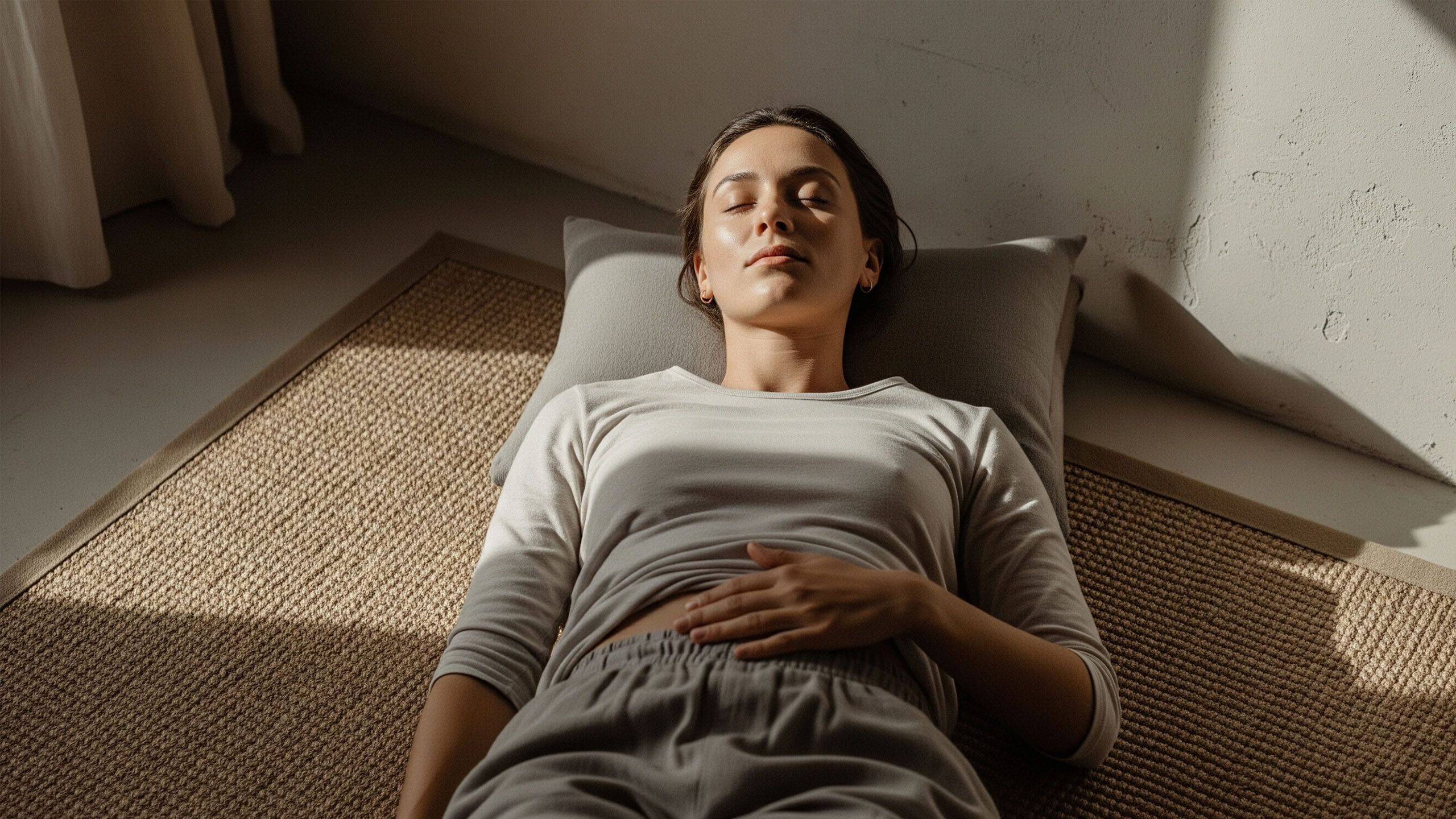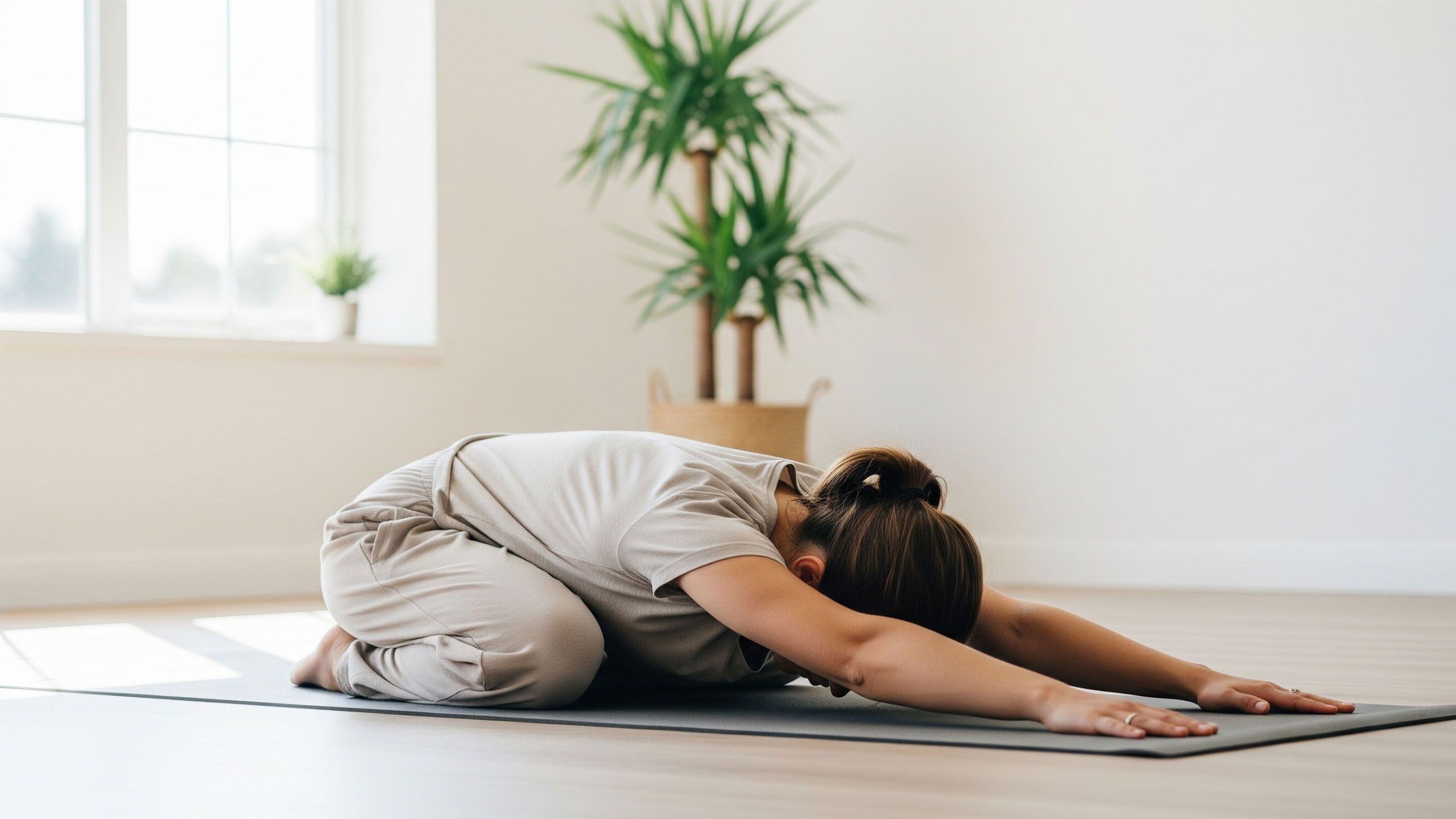Building a Resilient Body: Functional Movement Through a Woman's Life

Movement is a constant in life, but the way we move and the support our bodies need are not. For women, the journey from adolescence through the senior years is marked by significant physiological shifts. Hormonal changes, pregnancy, and the natural process of aging all influence strength, stability, and mobility. Functional movement, which focuses on training the body for real-life activities, offers a practical approach to building and maintaining a strong, capable body at every stage.
This approach isn't about achieving a certain look; it's about improving your ability to perform daily tasks with ease and confidence—from lifting groceries and carrying children to simply getting up from a chair. Here is a guide to understanding and applying functional movement principles throughout your life.
Functional Movement Summary by Life Stage
| Life Stage | Physiological Focus | Key Functional Movements |
|---|---|---|
| Adolescence & Early Adulthood | Building bone density, coordination, and baseline strength. | Squats, Hinging (Deadlifts), Pushing/Pulling, Loaded Carries. |
| Pregnancy & Postpartum | Core/pelvic stability, adapting to changes, and structured recovery. | Diaphragmatic Breathing, Glute Bridges, Pelvic Floor Connection, TVA Activation. |
| Perimenopause & Menopause | Preserving muscle mass and bone density, maintaining joint mobility. | Resistance Training, Weight-Bearing Activity, Balance Work. |
| Post-Menopause & Senior Years | Maintaining independence, balance, and strength for daily tasks. | Sit-to-Stands, Grip Strength Exercises, Step-Ups, Gait Training. |
The Foundational Years: Adolescence and Early Adulthood
During these years, the body builds the framework for lifelong health. It's a critical time for developing bone density and establishing solid movement patterns. The focus should be on creating a strong, well-rounded base that will serve you for decades to come.
-
Physiological Focus: Achieving peak bone mass, developing neuromuscular coordination, and building baseline core strength.
-
Key Functional Movements:
-
Squats: This fundamental movement pattern trains the body for sitting and standing, a motion performed countless times a day. It strengthens the glutes, quadriceps, and core.
-
Hinging: Movements like the deadlift (using appropriate weight or even just bodyweight) mimic lifting objects from the floor. This teaches how to use the powerful muscles of the hips and legs, protecting the lower back.
-
Pushing and Pulling: Exercises like push-ups and rows build upper body strength for tasks like pushing a heavy door or pulling a lawnmower.
-
Loaded Carries: Simply walking while holding a weight (like a kettlebell or dumbbell) in one hand builds grip strength, core stability, and endurance for carrying shopping bags or a suitcase.
-
The Childbearing Years: Pregnancy and Postpartum
Pregnancy and the postpartum period bring rapid and profound changes to a woman’s body. A shifting center of gravity, the loosening of ligaments due to the hormone relaxin, and the demands of childbirth and recovery require a significant adjustment in movement strategy.
-
Physiological Focus: Maintaining pelvic and core stability, adapting to a changing body, and facilitating a structured recovery after birth.
-
Key Functional Movements:
-
Pregnancy:
-
Diaphragmatic Breathing: This is the foundation. Learning to breathe deeply by expanding the ribcage and engaging the diaphragm helps manage intra-abdominal pressure and connects you to your core and pelvic floor.
-
Pelvic Tilts and Cat-Cow: These gentle movements maintain spinal mobility and can help alleviate common back pain.
-
Glute Bridges: Strengthening the glutes provides essential support for the pelvis and sacroiliac (SI) joint, which can become unstable during pregnancy.
-
-
Postpartum:
-
Pelvic Floor Connection: After receiving clearance from a healthcare provider, reconnecting with the pelvic floor muscles is a priority. This involves learning to both contract and, just as importantly, relax these muscles.
-
Transverse Abdominis (TVA) Activation: The TVA is the body’s deep internal corset. Gentle exercises like heel slides while focusing on drawing the lower abdomen in toward the spine help rebuild core stability.
-
Postural Strengthening: The demands of feeding and carrying a baby often lead to a rounded forward posture. Exercises that strengthen the upper back, like rows, are important for counteracting this.
-
-
The Transition: Perimenopause and Menopause
This stage is defined by fluctuating and then declining estrogen levels, which can accelerate the loss of muscle mass (sarcopenia) and bone density (osteoporosis). Functional fitness becomes a primary tool for managing these changes and maintaining metabolic health.
-
Physiological Focus: Preserving muscle mass, protecting bone density, and maintaining joint mobility.
-
Key Functional Movements:
-
Resistance Training: This is non-negotiable. Lifting weights—whether dumbbells, kettlebells, or using resistance bands—sends a signal to the body to build and maintain muscle and bone. Focus on compound movements like squats, lunges, presses, and rows.
-
Impact and Weight-Bearing Activity: Activities that involve your feet hitting the ground, such as brisk walking, jumping, or dancing, stimulate the bones to become stronger.
-
Balance Work: As we age, balance can decline. Practicing standing on one leg or other balance-specific drills can reduce the risk of falls.
-
Mobility: Changes in connective tissue can lead to joint stiffness. Incorporating regular stretching or mobility routines helps maintain a good range of motion.
-
Post-Menopause and Senior Years
The goal of functional movement in the later years is to preserve independence and sustain a high quality of life. The focus shifts to maintaining strength for everyday tasks and improving reaction time to prevent falls.
-
Physiological Focus: Maintaining strength for daily living, improving balance and coordination, and preserving mobility.
-
Key Functional Movements:
-
Sit-to-Stand: Practicing getting up from a chair without using your hands directly translates to greater independence. This can be made more challenging by slowing the movement down.
-
Grip Strength: Simple exercises with therapy putty or grip trainers help with opening jars, turning doorknobs, and securely holding onto railings.
-
Step-Ups: Using a low, stable step or stair to practice stepping up and down improves leg strength and coordination for navigating different surfaces.
-
Gait and Balance: Walking in different patterns (e.g., heel-to-toe) or practicing standing on varied surfaces can help improve stability and reactive balance.
-
A Lifelong Practice
Your body is not the same at 55 as it was at 25, and your fitness routine shouldn't be either. By aligning your movement with your current life stage, you can build a body that is not only strong but also functionally sound and prepared for the demands of your daily life. Listening to your body and, when necessary, seeking guidance from a physical therapist or a qualified fitness professional can help you adapt your routine safely and effectively through every chapter of life.
Disclaimer: The articles and information provided by the Vagina Institute are for informational and educational purposes only. This content is not intended to be a substitute for professional medical advice, diagnosis, or treatment. Always seek the advice of your physician or another qualified health provider with any questions you may have regarding a medical condition.


 English
English  Deutsch
Deutsch  Español
Español  Français
Français 





